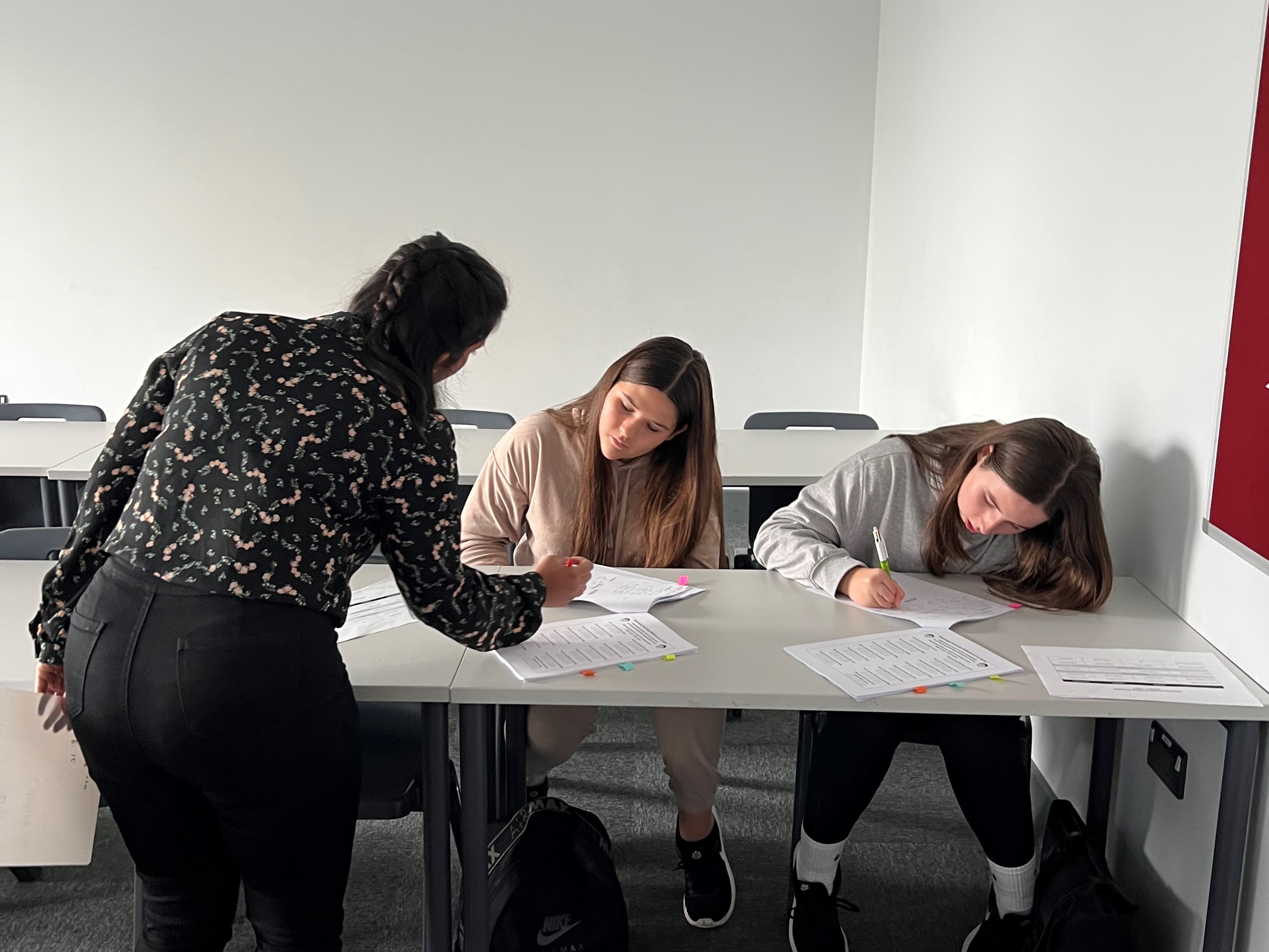
Geography and business studies teacher Sez Aydin at Haileybury Turnford secondary school in Hertfordshire, shares how the role of tutoring coordinator has transformed the way they deliver school-led tutoring.
This year, we are delivering school-led tutoring to approximately 200 pupils in years 7, 8 and 11 in maths, English and science. We do this during the school day, after school and also run a Saturday school, prioritising pupils who are eligible for pupil premium.
With such a large number of pupils needing support, coordinating tutoring can be a huge undertaking. This academic year, we created a tutoring coordinator role to help us manage this successfully and reach more pupils with a structured model targeted at those who needed it most.
The tutoring coordinator would coordinate the plan, deliver and evaluate tutoring in our school. I volunteered to carry out this role alongside my teaching responsibilities to make sure our most disadvantaged pupils get the support they need.
Specifically, I help to:
- Identify pupils for tutoring by working with teachers to determine who needs the most support. This includes analysing SATs results and data, such as pupils’ reading ages. If pupil performance falls below expected standards, we contact parents to inform them that their child would benefit from additional support. I also set up a referral scheme to simplify the process for teachers. I meet the school’s pastoral team on a regular basis to identify pupils who may be struggling and liaise with our SENCO to ensure that pupils with special educational needs and disabilities (SEND) are receiving the right support.
- Engage with pupils and their families – this is key to keeping pupils engaged with tuition. I telephone parents to inform them that their child would benefit from some additional support, keeping them involved and invested in their child’s tuition. If a pupil doesn’t attend, I have a chat with them to find out why and let their parents know they missed a session. As a result, our attendance rate is 95%.
- Managing the logistics – schedules, reminders and data: I have developed a tutoring timetable to schedule and track the tuition delivered in our school, including the time, name of the tutor, the names of pupils receiving tuition and the subject. This gives a snapshot of the tutoring delivered week by week and helps the scheduling of future sessions. I provide relevant pupils with a reminder slip each morning, with the time and location of their tutoring session and ensure that tutoring sessions are added to the calendars of teachers and tutors. I also provide an up-to-date record of tutoring hours and costs to the business manager, so we can respond to requests from the DfE for data.
- Involve pupils and get their feedback: it’s important that pupils have a voice in this and can feedback on whether tutoring is helping with their learning. For example, in the first tutoring session, I give pupils a questionnaire to assess their confidence levels in the subject. Every 5 weeks, they then complete another questionnaire to monitor the difference that tutoring has made. In a survey conducted in November 2022, every pupil said that tutoring helped their classwork and that they enjoyed the sessions. Of the pupils surveyed who attend our Saturday school tutoring in English, 92% said they felt more confident in their written work as a result of tutoring.
Acting principal Maxine Goodes adds: Designating the duties of a tutoring coordinator within our existing teaching staff has led to the development of a structured tutoring model. This has enabled us to support more of our most vulnerable students and fully utilise the opportunities available through the National Tutoring Programme (NTP), which is having a positive academic impact across the school.